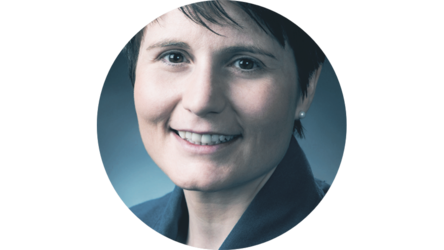Accept all cookies Accept only essential cookies See our Cookie Notice

About ESA
The European Space Agency (ESA) is Europe’s gateway to space. Its mission is to shape the development of Europe’s space capability and ensure that investment in space continues to deliver benefits to the citizens of Europe and the world.
Highlights
ESA - United space in Europe
This is ESA ESA facts Member States & Cooperating States Funding Director General Top management For Member State Delegations European vision European Space Policy ESA & EU Space Councils Responsibility & Sustainability Annual Report Calendar of meetings Corporate newsEstablishments & sites
ESA Headquarters ESA ESTEC ESA ESOC ESA ESRIN ESA EAC ESA ESAC Europe's Spaceport ESA ESEC ESA ECSAT Brussels Office Washington OfficeWorking with ESA
Business with ESA ESA Commercialisation Gateway Law at ESA Careers Cyber resilience at ESA IT at ESA Newsroom Partnerships Merchandising Licence Education Open Space Innovation Platform Integrity and Reporting Administrative Tribunal Health and SafetyMore about ESA
History ESA Historical Archives Exhibitions Publications Art & Culture ESA Merchandise Kids Diversity ESA Brand CentreLatest
Space in Member States
Find out more about space activities in our 23 Member States, and understand how ESA works together with their national agencies, institutions and organisations.
Science & Exploration
Exploring our Solar System and unlocking the secrets of the Universe
Go to topicAstronauts
Missions
Juice Euclid Webb Solar Orbiter BepiColombo Gaia ExoMars Cheops Exoplanet missions More missionsActivities
International Space Station Orion service module Gateway Concordia Caves & Pangaea BenefitsLatest
Space Safety
Protecting life and infrastructure on Earth and in orbit
Go to topicAsteroids
Asteroids and Planetary Defence Asteroid danger explained Flyeye telescope: asteroid detection Hera mission: asteroid deflection Near-Earth Object Coordination CentreSpace junk
About space debris Space debris by the numbers Space Environment Report In space refuelling, refurbishing and removingSafety from space
Clean Space ecodesign Zero Debris Technologies Space for Earth Supporting Sustainable DevelopmentSpace weather
Space weather and its hazards ESA Vigil: providing solar warning ESA Space Weather Service NetworkLatest
Applications
Using space to benefit citizens and meet future challenges on Earth
Go to topicObserving the Earth
Observing the Earth Future EO Copernicus Meteorology Space for our climate Satellite missionsCommercialisation
ESA Commercialisation Gateway Open Space Innovation Platform Business Incubation ESA Space SolutionsLatest
Enabling & Support
Making space accessible and developing the technologies for the future
Go to topicBuilding missions
Space Engineering and Technology Test centre Laboratories Concurrent Design Facility Preparing for the future Shaping the Future Discovery and Preparation Advanced Concepts TeamSpace transportation
Space Transportation Ariane Vega Space Rider Future space transportation Boost! Europe's Spaceport Launches from Europe's Spaceport from 2012Latest
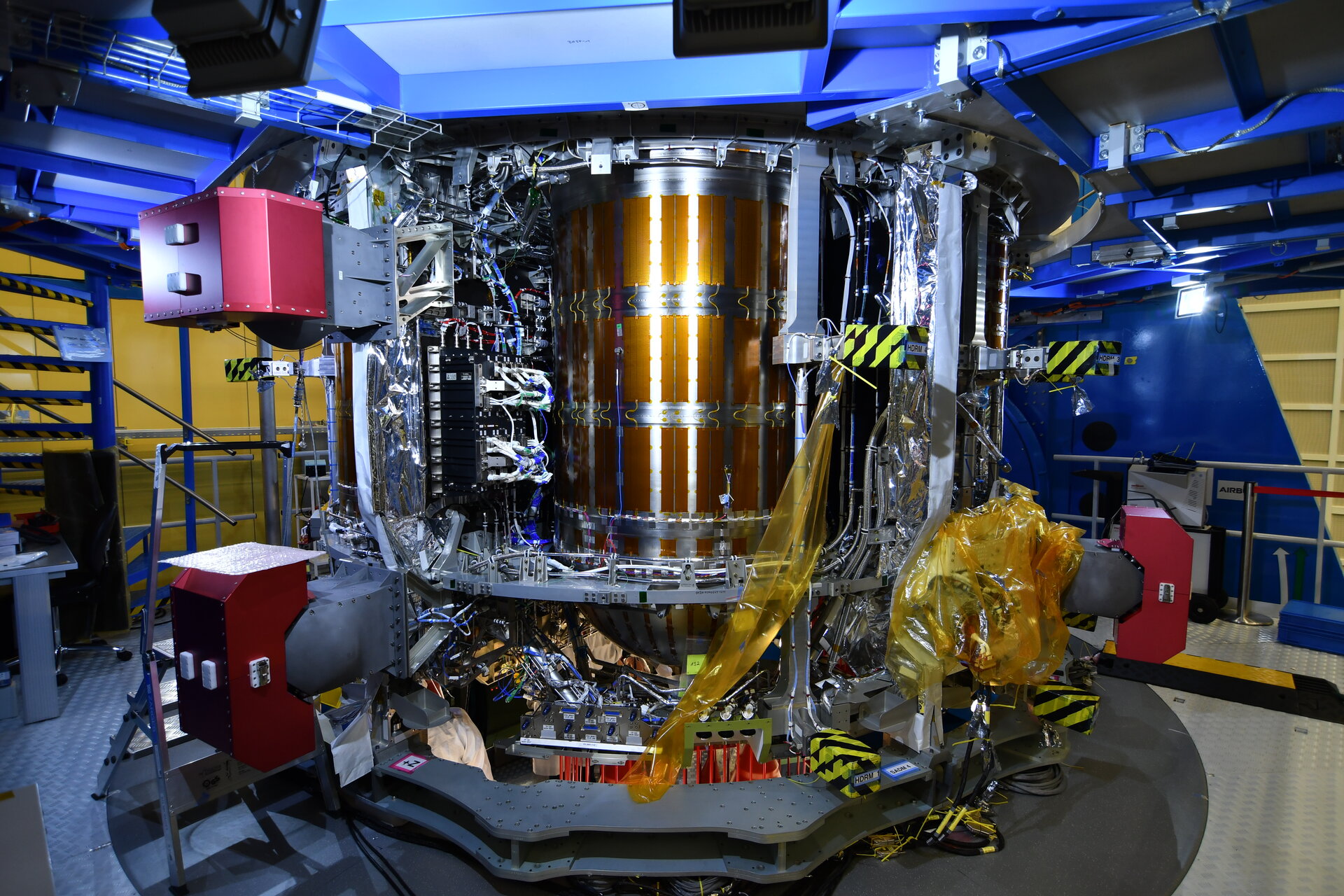
Ready for service
Thank you for liking
You have already liked this page, you can only like it once!
Take a final look at the interior of the first European Service Module that will power NASA’s Orion spacecraft. Technicians at the Airbus facility in Bremen, Germany installed the final radiators and sealed off the module that will provide power and propulsion to Orion.
No more checking under the hood. With integration complete, the module is ready for its final extensive testing. Engineers will put the module through its paces with functional tests that include checking the newly installed radiators and the propulsion system with its intricate pipelines that deliver fuel and oxidiser to the spacecraft’s 33 engines.
The European Service Module (ESM) is ESA’s contribution to NASA’s Orion that will take astronauts to the Moon and even farther out into space. European expertise and knowhow comes together in this module: it provides power and propulsion, oxygen and water, and temperature control from launch through mission duration to just before reentry.
The module will soon be shipped to Kennedy Space Center in Florida, USA, where it will be mated with NASA’s Crew Module Adaptor and Crew Module, the first time the complete spacecraft will be on display. And then even more tests begin.
The spacecraft will be subjected to intense acoustic vibrations in the world’s largest vacuum chamber at NASA’s Plum Brook facility to ensure it withstands the rigor of launch on the world’s most powerful rocket, NASA’s Space Launch Systems.
The first of Orion’s exploratory missions is an unmanned lunar orbit to validate its capabilities in space.
But there is no resting on laurels for the service module’s technicians. They are already hard at work on the second European Service Module that will be the workhorse carting a crew around the Moon for the second exploratory mission.
In addition to returning humans to the moon, Orion will be instrumental to building the Gateway, a staging post to be located in lunar orbit that will allow humans to go deeper into space.
ESA has already commissioned studies to develop modules for the Gateway. One will look into habitation and research modules while another will create a design concept for an infrastructure element that will accommodate refuelling, telecommunications and an airlock.
Looking beyond, ESA is already working on the technologies needed to accomplish the first round-trip mission to Mars and bring precious samples back to laboratories on Earth, one of the most ambitious exploration challenges so far planned.
Europe is also committed to supporting the International Space Station, our outpost in low Earth orbit, expanding its research potential and benefits for Earth by opening it up for business. With commercial services such as ICE Cubes and the soon-to-launch Bartolomeo external platform, ESA is offering quicker and more affordable access to microgravity research.
Read more about Europe’s vision for space exploration here.
-
CREDIT
ESA–A. Conigli -
LICENCE
ESA Standard Licence
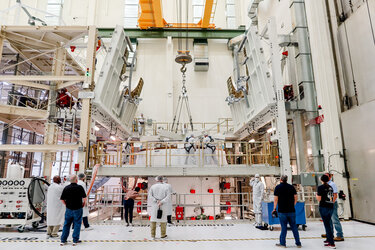
European Service Module-2 for Artemis II
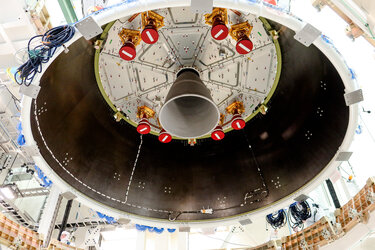
Under European Service Module-2
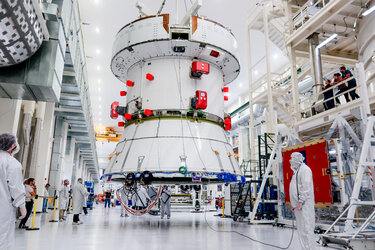
European Service Module-2 on the move
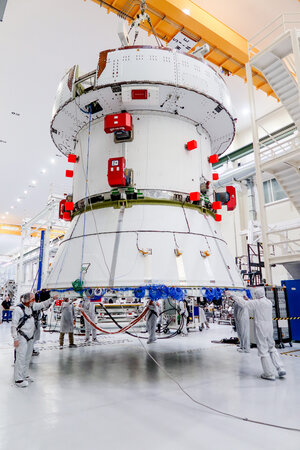
Moving European Service Module-2















 Germany
Germany
 Austria
Austria
 Belgium
Belgium
 Denmark
Denmark
 Spain
Spain
 Estonia
Estonia
 Finland
Finland
 France
France
 Greece
Greece
 Hungary
Hungary
 Ireland
Ireland
 Italy
Italy
 Luxembourg
Luxembourg
 Norway
Norway
 The Netherlands
The Netherlands
 Poland
Poland
 Portugal
Portugal
 Czechia
Czechia
 Romania
Romania
 United Kingdom
United Kingdom
 Slovenia
Slovenia
 Sweden
Sweden
 Switzerland
Switzerland



